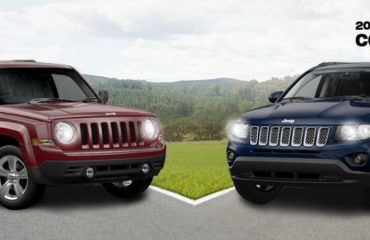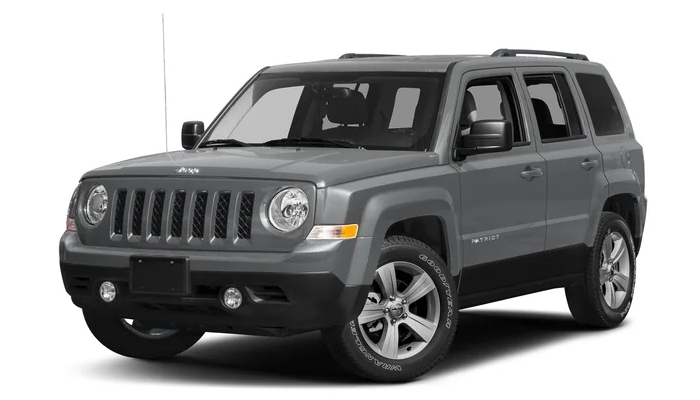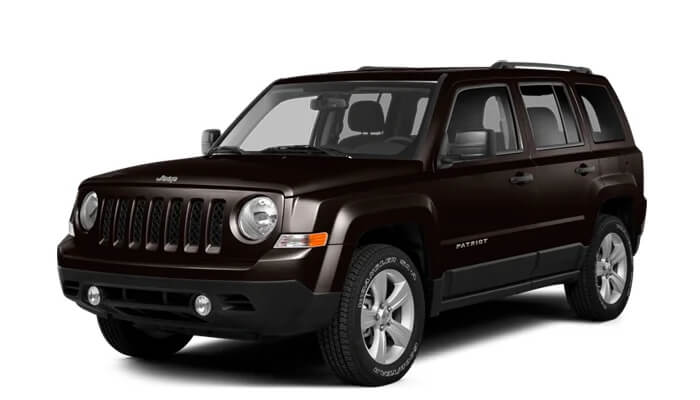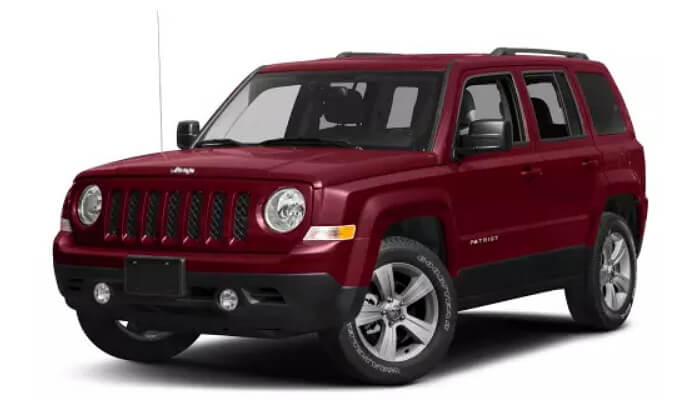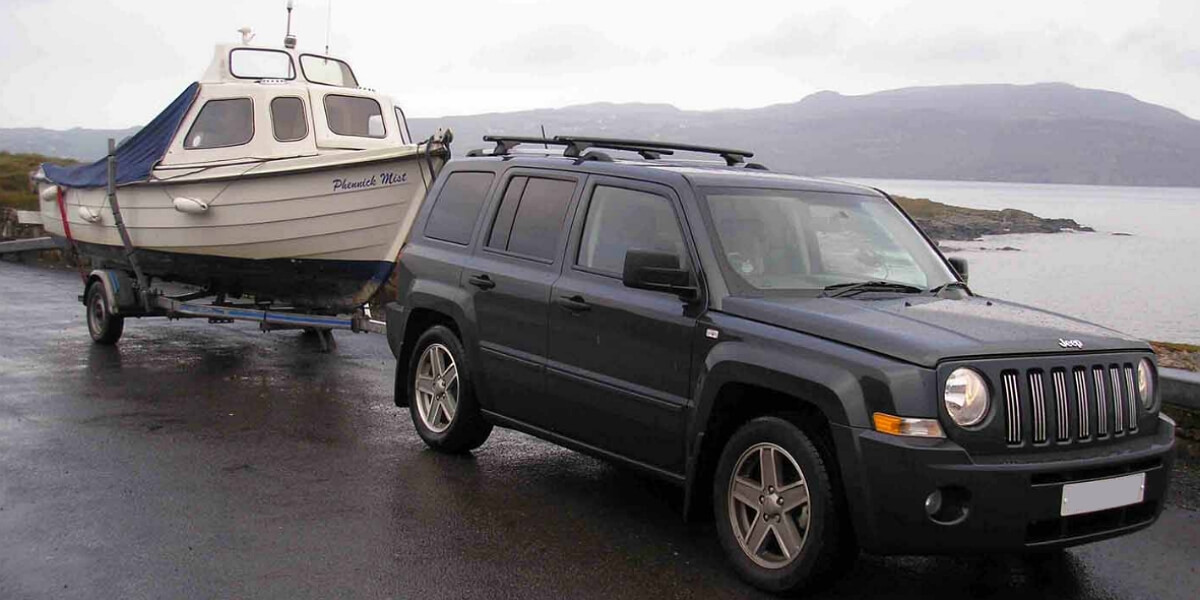
The 2016 Jeep Patriot, a popular compact SUV, is revered for its affordable pricing and all-terrain capabilities. But when it comes to towing capacity, what does this Jeep model offer, and how is it calculated? We have got a comprehensive review of these aspects, so continue reading.
Understanding Towing Capacity
Before diving into the specific towing capacity of the 2016 Jeep Patriot, it’s crucial to understand what towing capacity is and why it’s important. Towing capacity refers to the maximum weight that a vehicle can safely tow without causing any damage to its systems. This includes trailers, boats, campers, or any other load hitched to the rear of the vehicle.
Towing capacity is vital because it ensures the safety and longevity of your vehicle. Exceeding the specified towing capacity can put undue stress on your vehicle’s engine, transmission, brakes, and suspension. It can also compromise the vehicle’s handling and braking ability, increasing the risk of accidents.
Calculating Towing Capacity
To calculate a vehicle’s towing capacity, you need to consider several factors such as the vehicle’s gross vehicle weight rating (GVWR), gross combined weight rating (GCWR), curb weight, and payload.
The GVWR is the maximum weight a vehicle can safely carry, including its own weight plus passengers, cargo, and the tongue weight of a towed load. The GCWR, on the other hand, is the total weight of the loaded vehicle (including passengers and cargo) and the fully loaded trailer.
Subtracting the vehicle’s curb weight (the weight of the vehicle without passengers or cargo but with all necessary operating fluids, such as oil and coolant) and the payload (maximum cargo and passenger weight) from the GVWR gives you the vehicle’s towing capacity.
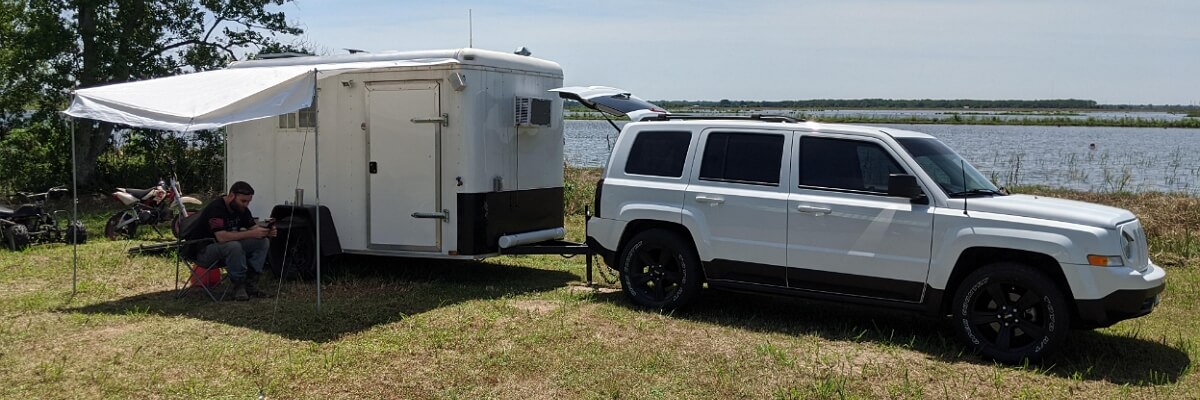
The Towing Capacity of the 2016 Jeep Patriot
Now let’s apply these principles to the 2016 Jeep Patriot. According to the manufacturer’s specifications, the 2016 Jeep Patriot has a towing capacity ranging from 1,000 to 2,000 pounds, depending on the specific model and equipment.
With the base 2.0-liter engine and the proper towing equipment, the Patriot can tow up to 1,000 pounds. However, when equipped with the 2.4-liter engine, a manual transmission, and the optional Trailer Tow Prep Group (which includes an engine oil cooler and heavy-duty engine cooling), its towing capacity increases to 2,000 pounds.
It’s important to note that the towing capacity might decrease if the vehicle is loaded with passengers and cargo. To ensure safety and the vehicle’s durability, never exceed the recommended towing capacity.
The 2016 Jeep Patriot: A Quick Overview
Jeep’s 2016 Patriot model is a robust and versatile vehicle, designed for both city driving and off-road escapades. At the heart of its performance are two powertrain options. The base engine is a 2.0-liter four-cylinder producing 158 horsepower and 141 pound-feet of torque. There’s also an optional 2.4-liter four-cylinder, which generates 172 horsepower and 165 pound-feet of torque.
The Patriot comes with either a five-speed manual transmission or a continuously variable transmission (CVT), depending on the variant. Front-wheel drive is standard, while all-wheel drive is available as an option. With these configurations, the vehicle is well-equipped for varying terrains and conditions.
The 2016 Jeep Patriot, with its reasonable towing capacity, is a solid choice for those who require light towing capabilities, in addition to a reliable and versatile compact SUV. Always remember to adhere to the specified towing limits and ensure your vehicle is properly equipped for towing to maintain its longevity and performance.
Questions and Answers
Q: What factors should I consider when installing a hitch-mounted accessory on my Jeep Patriot?
A: When installing a hitch-mounted accessory, you should consider the following factors:
- Vehicle’s towing capacity: Ensure the accessory’s weight, plus the weight of the items it’ll carry, doesn’t exceed your Jeep Patriot’s towing capacity.
- Hitch class: The hitch class should match your vehicle’s towing capacity. For the Jeep Patriot with a maximum towing capacity of 2000 pounds, a Class I or II hitch would be suitable.
- Accessories compatibility: Ensure that the accessory fits properly on the hitch and is compatible with the Jeep Patriot.
- Installation: If you’re not a seasoned DIY-er, consider professional installation. Improper installation could damage the vehicle or the hitch and lead to safety issues.
Q: How do I determine the right hitch for my 2016 Jeep Patriot?
A: First, check your vehicle’s towing capacity (for the 2016 Jeep Patriot, it’s between 1000-2000 pounds depending on configuration). Then, match that with the appropriate hitch class: Class I hitches are designed for loads up to 2000 pounds, and Class II hitches for loads up to 3500 pounds. Finally, ensure the hitch is compatible with your vehicle model.
Q: What types of trailers can I tow with my 2016 Jeep Patriot?
A: Given the 2016 Jeep Patriot’s towing capacity of 1000-2000 pounds, it’s ideal for towing small trailers, such as a small utility trailer, a small boat trailer, or a light camper. Always ensure the weight of the fully-loaded trailer doesn’t exceed the vehicle’s towing capacity.
Q: Can I install a tow hitch by myself on my Jeep Patriot?
A: Yes, you can, provided you have the necessary tools, skills, and experience. However, it’s recommended to have a professional install it. Incorrect installation could lead to serious damage or potential safety hazards.
Q: Can overloading my Jeep Patriot while towing cause damage?
A: Yes, overloading your vehicle beyond its specified towing capacity can cause severe damage. Excess weight can strain the transmission, brakes, and suspension, reduce the vehicle’s lifespan, and compromise safety. Always stick to the recommended towing capacity.
Q: Is there any special equipment I need to tow a trailer with my Jeep Patriot?
A: Yes. In addition to the trailer hitch, you’ll need a hitch ball and mount, trailer wiring for the lights, safety chains, and a brake controller if your trailer has its own braking system. Also, consider a towing mirror for better visibility.
Q: Does towing affect my Jeep Patriot’s fuel economy?
A: Yes, towing can significantly lower your vehicle’s fuel economy. The extra weight increases the strain on your engine, which in turn consumes more fuel. Regular maintenance and mindful driving can help optimize fuel efficiency when towing.
Q: Can I increase the towing capacity of my Jeep Patriot?
A: While it’s possible to make modifications to increase your vehicle’s towing capacity, it’s generally not recommended. Alterations can void your vehicle’s warranty and may create safety risks. It’s always best to adhere to the manufacturer’s specified towing capacity.
Q: How should I drive differently when I’m towing a trailer with my Jeep Patriot?
A: When towing, you should drive at slower speeds, allow more space for stopping, and avoid sudden maneuvers. Also, remember that turning and parking will be more difficult. Be mindful of your vehicle’s behavior, as towing can affect handling and braking distances.
Q: Do I need to perform additional maintenance on my Jeep Patriot if I tow frequently?
A: Yes, frequent towing can increase wear and tear on your vehicle. You may need more frequent oil changes, brake checks, and inspections of your transmission and cooling system. Always check your vehicle’s manual for any specific maintenance recommendations related to towing.


